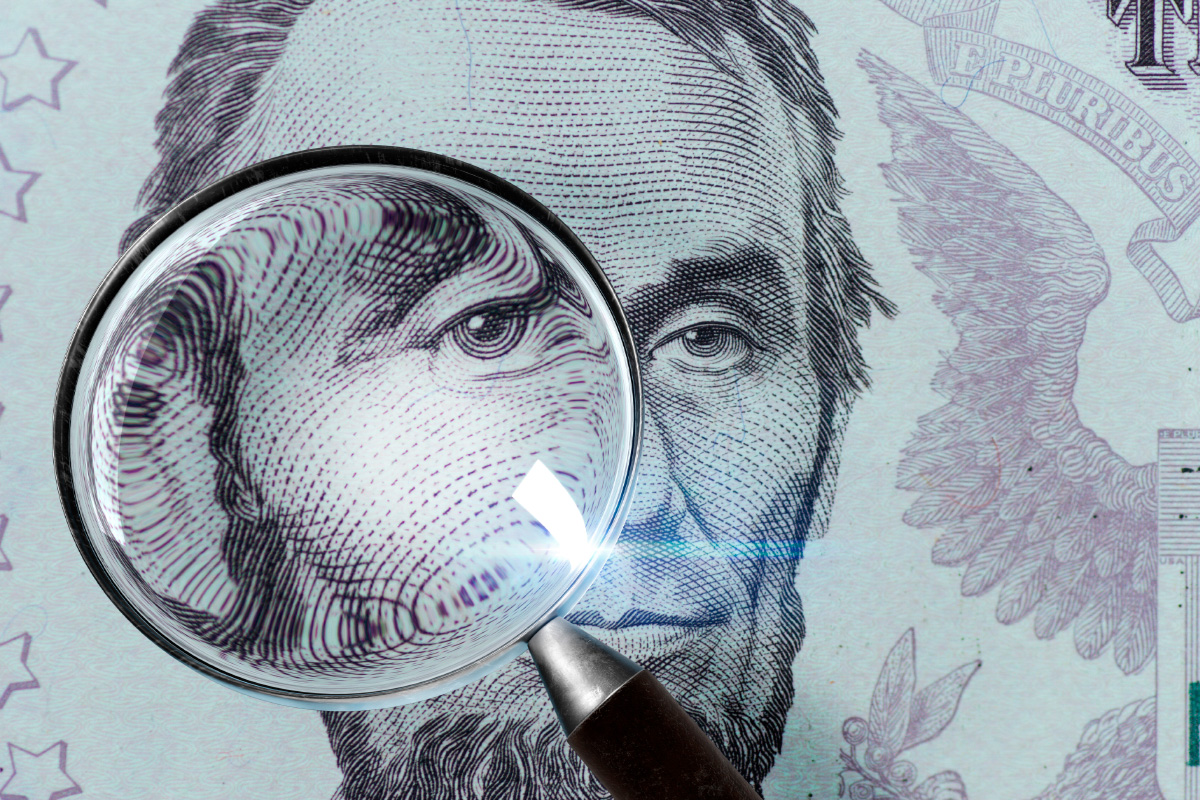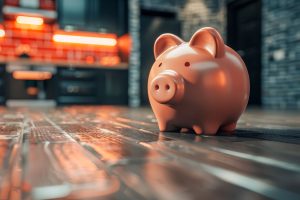The Federal Reserve announced that it’s raising interest rates by 0.25 percentage point, following its May 2-3 meeting, bumping the federal funds rate to a target range of 5.0 to 5.25 percent. With the move, the Federal Reserve marked the tenth straight meeting that it raised rates in an effort to significantly reduce liquidity to the financial markets and tamp down high inflation.
The Fed’s decision comes as inflation hit 5 percent year over year in March, still among the highest levels in decades, though falling from its 2022 highs. With the Fed continuing to hit the brakes on an overheated economy, the main question for many market watchers is how much further will the Fed raise rates and how deep an ensuing recession could become.
“Interest rates are the tool the Federal Reserve uses to slow the economy and tame inflation,” says Greg McBride, CFA, Bankrate chief financial analyst. “The Fed has raised interest rates at the fastest pace in 40 years and fallout is to be expected. Bank failures are one, but a broader economic slowdown or recession is likely the ultimate price to be paid to get inflation under control.”
Besides raising interest rates, the Fed has also been selling off huge chunks of its bond portfolio. As the Fed runs off its balance sheet, the move helps drain liquidity from the financial system in an effort to slow inflation.
At about 3.4 percent, the 10-year Treasury note is now well below its 52-week high of 4.33 percent, which was hit in October 2022. The slide in that yield even as the Fed continues to raise short-term rates suggests that investors are preparing for a recession in the near term as well as ongoing anxiety about the financial system’s stability in light of recent bank failures.
As the Fed continues to raise rates, here are the winners and losers from its latest decision.
1. Savings accounts and CDs
Rising interest rates mean that many banks will offer rising returns on their savings and money market accounts, but how fast they do this and how much will vary from bank to bank.
“Yields on CDs have leveled out in recent months, and we’re even seeing this on shorter maturities and online savings accounts,” says McBride. “Without the fuel of multiple interest rate hikes ahead, the upward momentum to rates has stalled. Now is the time to be locking in CDs, particularly the longer maturities in the 2-year to 5-year timeframe.”
Savers looking to maximize their earnings from interest should consider turning to online banks or the top credit unions, where rates are typically much better than those offered by traditional banks.
When it comes to CDs, account holders who recently locked in rates will retain those yields for the term of the CD, unless they’re willing to pay a penalty to break it.
2. Mortgages
While the federal funds rate doesn’t really impact mortgage rates, which depend largely on the 10-year Treasury yield, they’re often moving the same way for similar reasons. With the 10-year Treasury yield falling from its highest levels in recent months, as the market prices in the potential for a recession, mortgage rates have fallen alongside them.
“Until inflation moves materially lower than 5 percent, mortgage rates have limited room to fall,” says McBride. “With rates near 6.5 percent, higher mortgage rates have had the same impact on affordability as an additional 30 percent increase in home prices.”
Mortgage rates remain well above where they were a year ago, and this – following the rapid rise in housing prices over the past couple of years – has created a double whammy for potential homebuyers. Home prices are more expensive and the financing is pricier, resulting in a slowdown in the housing market.
The cost of a home equity line of credit (HELOC) will be ratcheting higher since HELOCs adjust relatively quickly to changes in the federal funds rate. HELOCs are typically linked to the prime rate, the interest rate that banks charge their best customers. Those with outstanding balances on their HELOC will see rates tick up. As rates rise, it can be a good time to comparison-shop for the best rate.
3. Stock and bond investors
The stock market soared as long as the Fed kept rates at near-zero for an extended period of time. Low rates were beneficial for stocks, making them look like a more attractive investment in comparison to rates on bonds and fixed-income investments such as CDs.
Since late 2021, investors have been pricing in rate increases, and the S&P 500 spent most of 2022 in a deep slump. Now with the 10-year Treasury moderating, investors have sent stocks higher in the last few months because they think they can see the end of rate hikes. Still, higher rates should slow growth and therefore corporate earnings, if not create an outright recession.
“The stock and bond markets were both punished by rising interest rates in 2022,” says McBride. “Once the Fed moves to the sidelines, markets may rally strongly. But unless the economy and corporate earnings both hold up, that could be short-lived. Volatility is to be expected and investors will need to steel themselves and maintain the long-term perspective.”
Higher rates hit bonds hard, and the longer the bond’s maturity, the more it’s been stung by rising rates. However, with investors now anticipating an end to the Fed’s aggressive tightening, the bond market has been finding a floor on prices. But with the economy yet to endure an expected recession, stocks may still be in for a choppy ride.
Now short-term rates are much more attractive if you’re looking for a safe place to stash money while waiting for things to cool off.
4. Borrowers
If you’re an existing borrower and don’t need to tap the market for money – say, you locked in a 30-year fixed-rate mortgage in 2021 or 2022 – you’re in good shape. But everyone else who’s looking to access new credit is getting squeezed, whether that’s credit cards (more later), student loans, personal loans, auto loans or whatever else you might need to borrow for.
The average interest rate on personal loans is 10.82 percent, as of April 26, according to a Bankrate analysis. However, borrowers with better credit may still be able to access a lower rate. In 2021, the average rate was just 9.38 percent, when the fed funds rate was near zero.
Besides these new borrowers, however, anyone with any kind of floating-rate debt is also feeling the sting of higher rates. For example, if you took out an adjustable-rate mortgage years ago, that loan may be resetting at higher rates and it may be pushing up your monthly payment.
5. Credit cards
Many variable-rate credit cards change the rate they charge customers based on the prime rate, which is closely related to the federal funds rate. The Fed’s decision means that interest on variable-rate cards will move higher now. Rates on cards are already at multi-decade highs and are still rising.
“Credit card rates will mimic this and any further Fed rate hikes, with credit card rates that are already at a record high poised to move still higher,” says McBride. “Prioritize repaying high-cost credit-card debt and utilize a zero percent or other low-rate balance-transfer offer to give those debt repayment efforts a tailwind.”
Rates on credit cards are largely a non-issue if you’re not running a balance.
6. The U.S. federal government
With the national debt nearing $32 trillion, rising rates will raise the costs of the federal government as it rolls over debt and borrows new money. Of course, the government has benefited for decades from a secular decline in interest rates. While rates might rise cyclically during an economic boom, they’ve been moving steadily lower long term.
As long as inflation remains higher than interest rates, the government is slowly taking advantage of inflation, paying down prior debts with today’s less valuable dollars. That’s an attractive prospect for the government, of course, but not for those who buy its debt.
Bottom line
Inflation has been running hot over the last couple of years, and the Fed is aggressively raising interest rates to combat it. So plan carefully for how to take advantage, for example, by being more discriminating when it comes to shopping for rates on your savings accounts or CDs. One option for those looking for some protection against inflation is the Series I bond, which offers a solid annual interest rate of 4.3 percent on bonds purchased through October 2023.







